A few weeks ago I was ready for a new quilt block on my front door, but I had to wait until after cataract surgery so I could actually see well enough to paint! The quilt blocks on wood are similar to the door quilt blocks I’ve made from fabric. You can check out those at https://marykisner.com/time-to-bring-out-the-spring-door-quilt.
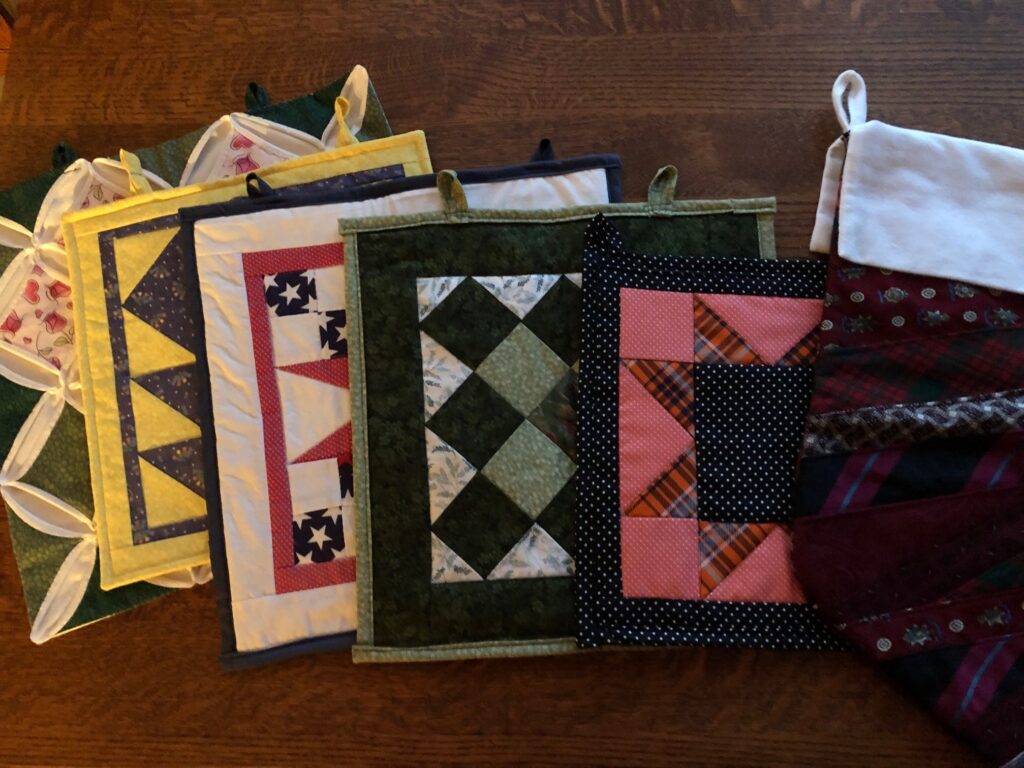
Then I started painting a quilt block onto a 12″ x 12″ square of thin plywood. They attach to the front door with magnets (obviously the door under the paint is metal!) Here are the three I’ve already done:
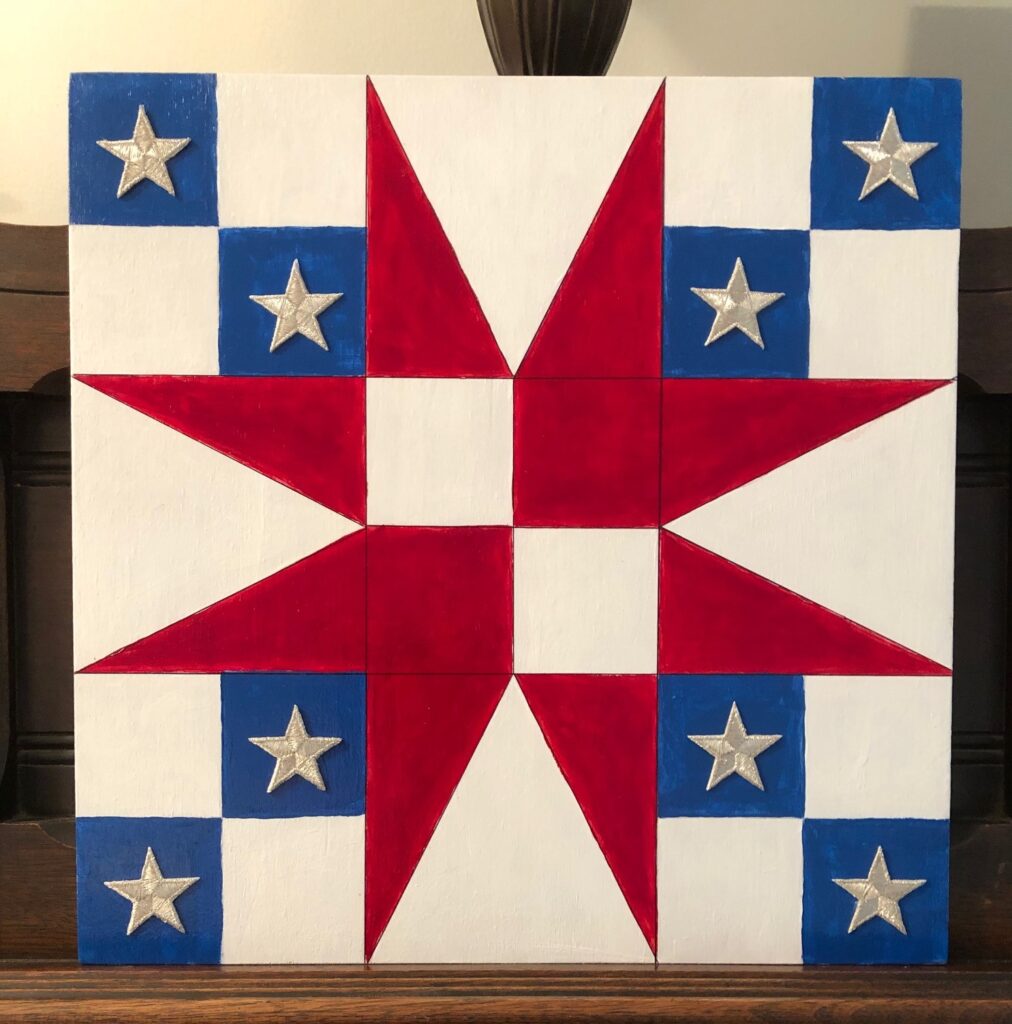
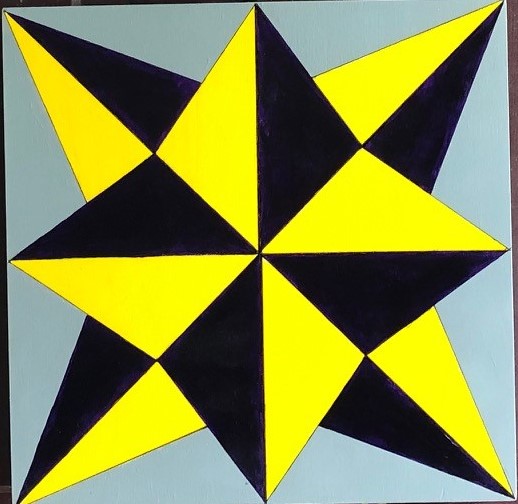
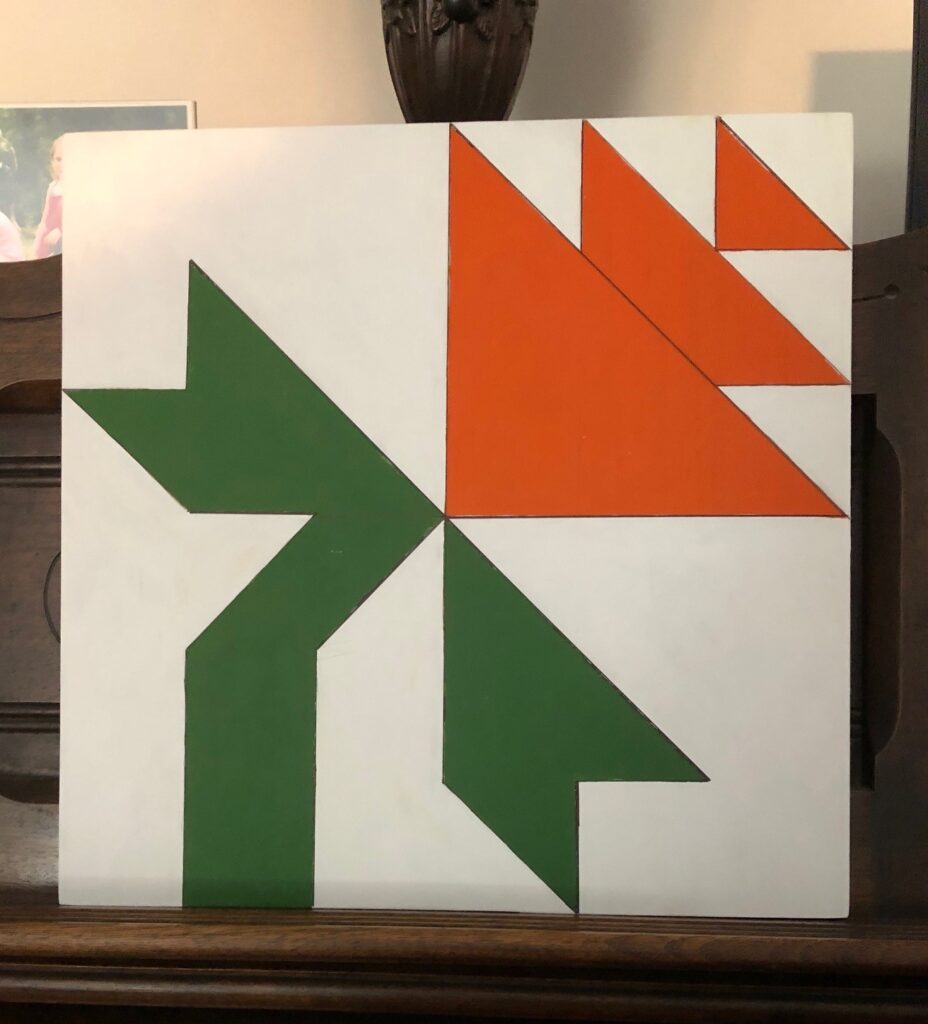
Painting a quilt block is certainly a different experience from sewing. I’m working with solid colors in paint. With fabric I can vary the print to make the block more interesting.
This time I wanted to recreate my favorite quilt block. It is called a Double Star in one book and Rising Star in another. I used it in a full-size quilt that I made for my son and his wife a few years back. I’ve called it my Southern Cross Quilt because I chose 5 blocks to represent the stars in the constellation, the Southern Cross. He had recently finished graduate research in Antarctica and I was missing him. Can you see the blocks that represent the stars?
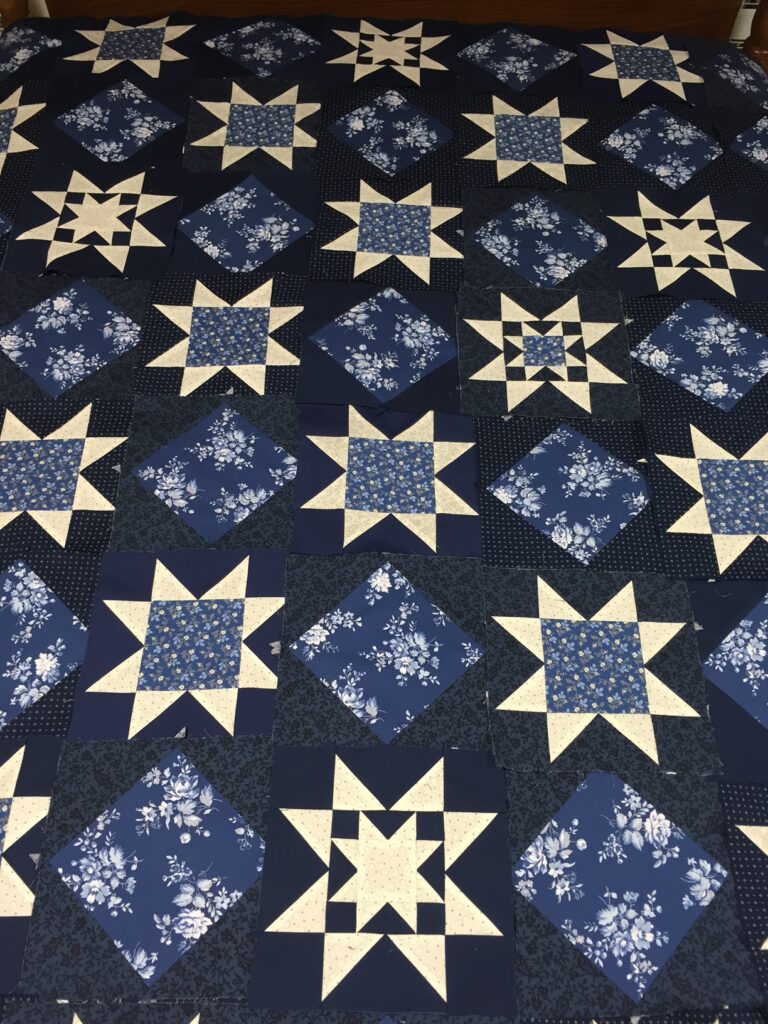
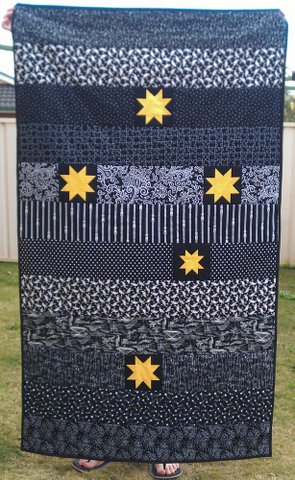
Making the Winter Star Block
I start each painted block by first choosing a pattern. This star block is called Double Star in one book and Rising Star in another. It’s based on a 4 x 4 pattern so it was pretty easy to sketch out.
I use a tiny 3″ x 3″ canvas to practice. It has a little easel so I can look at it while I work on the 12″ x 12″ plywood.
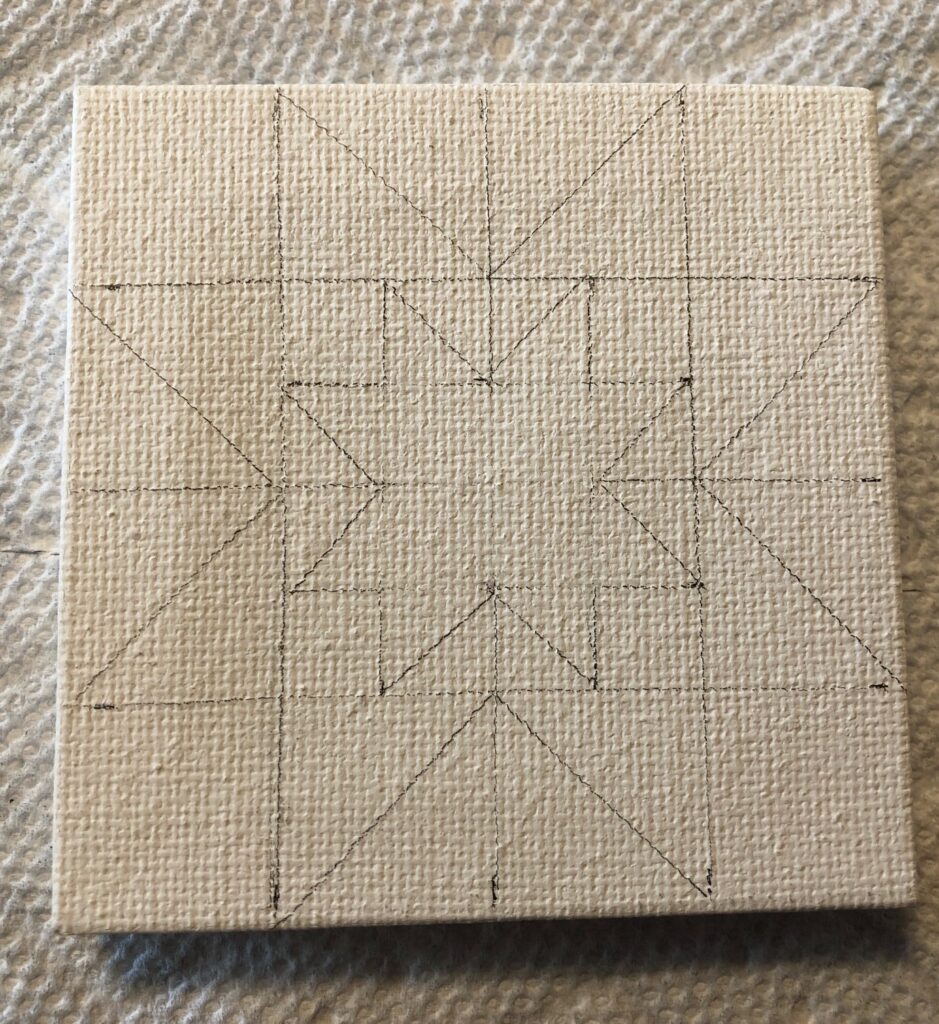
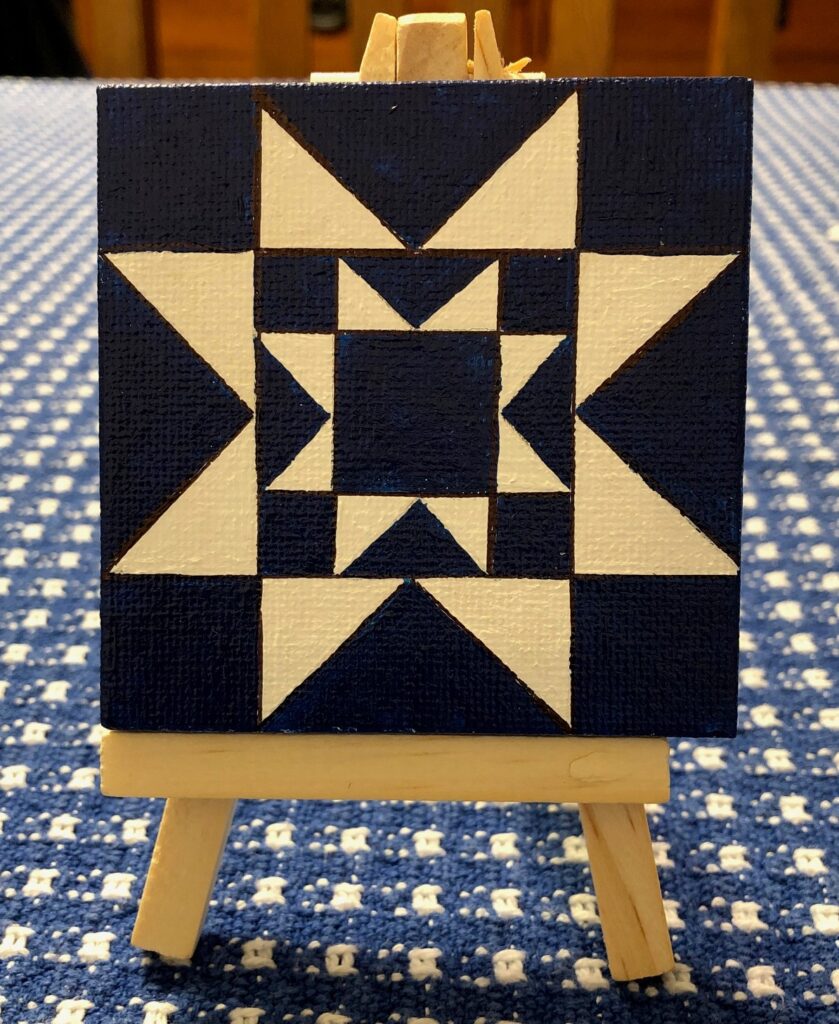
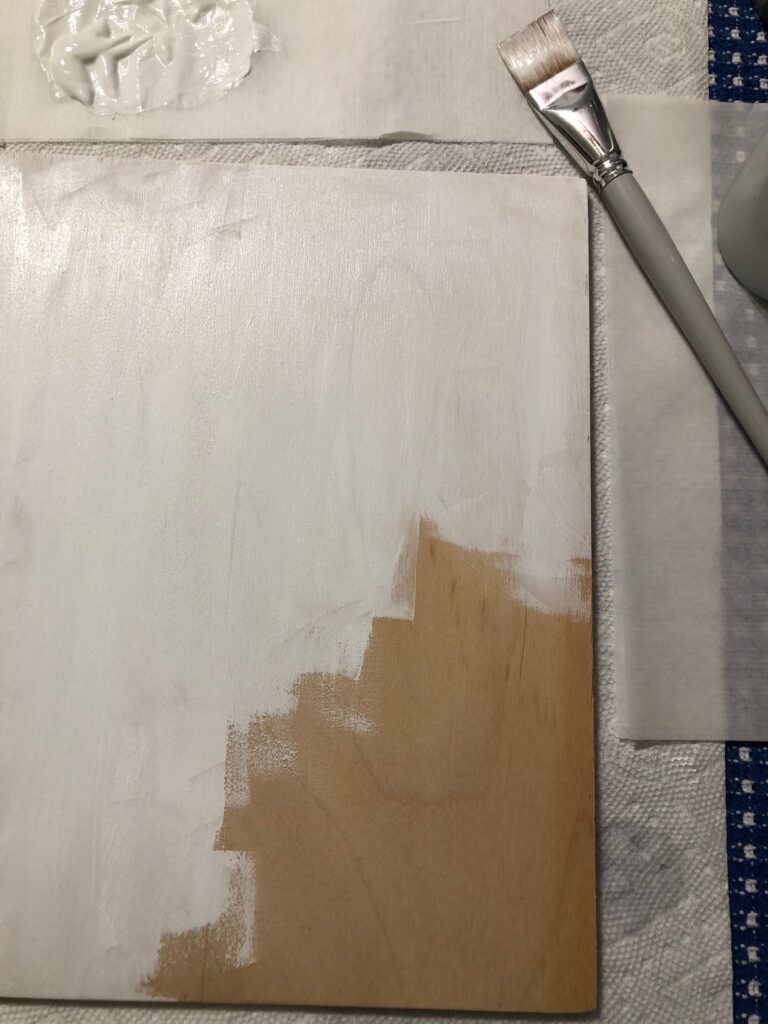
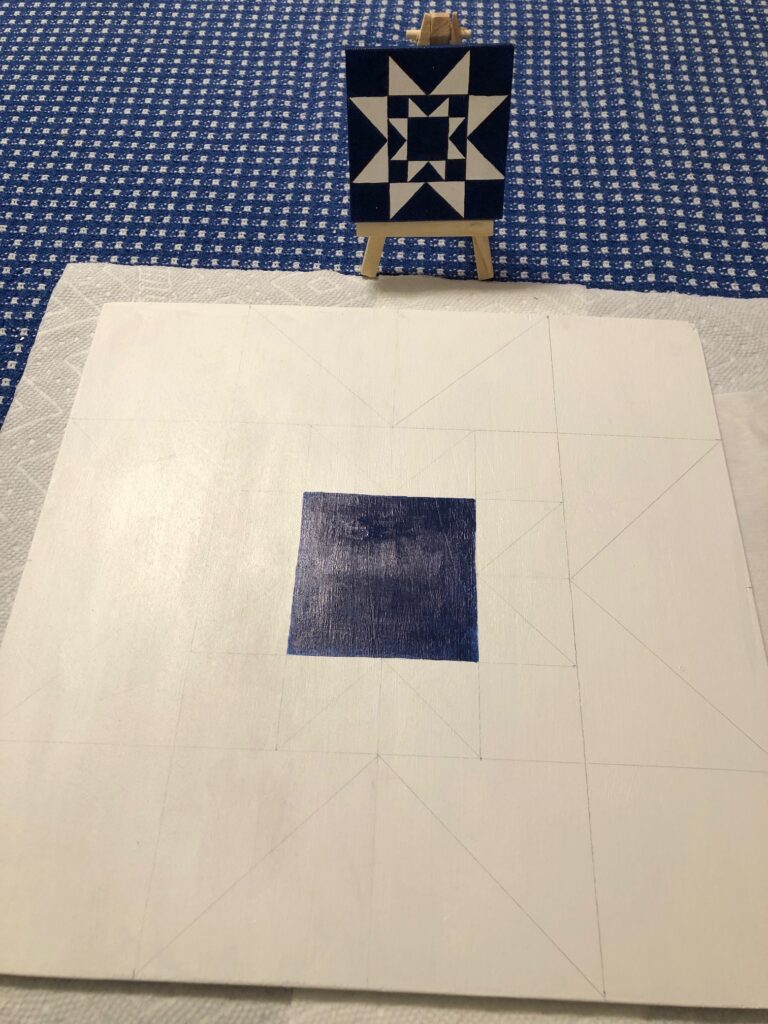
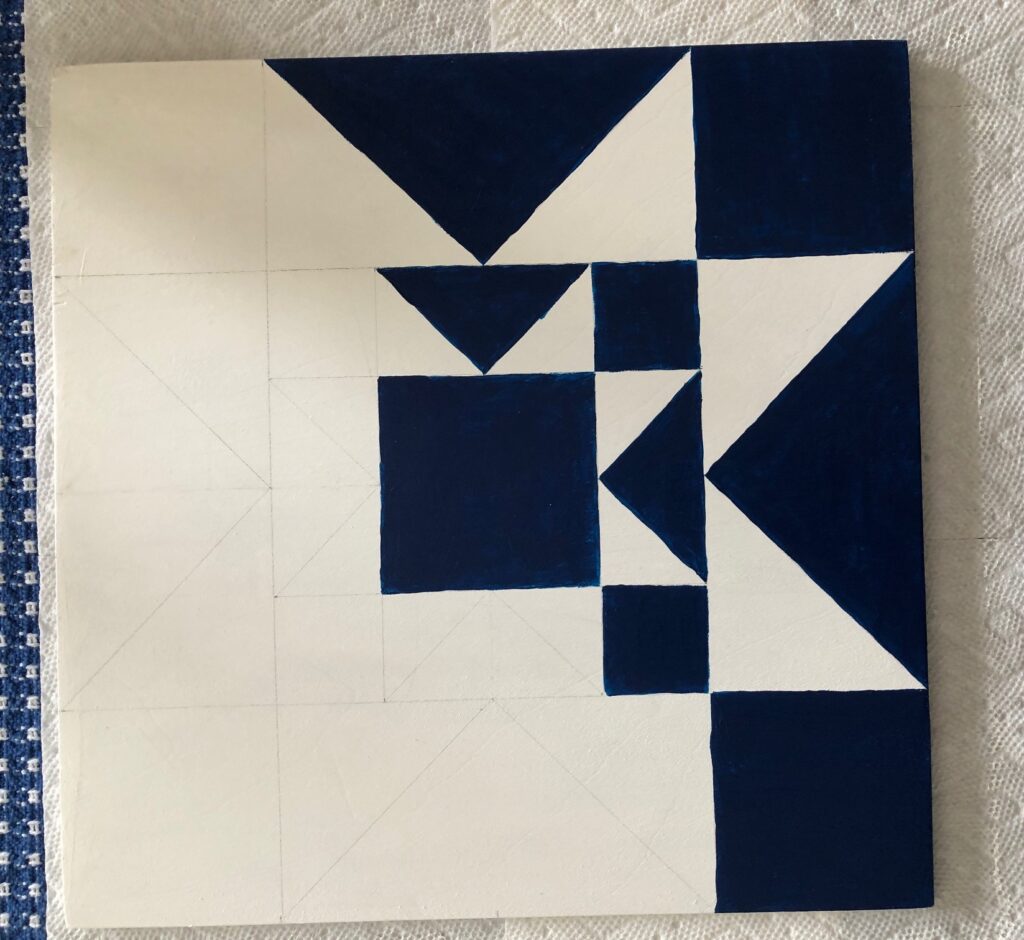
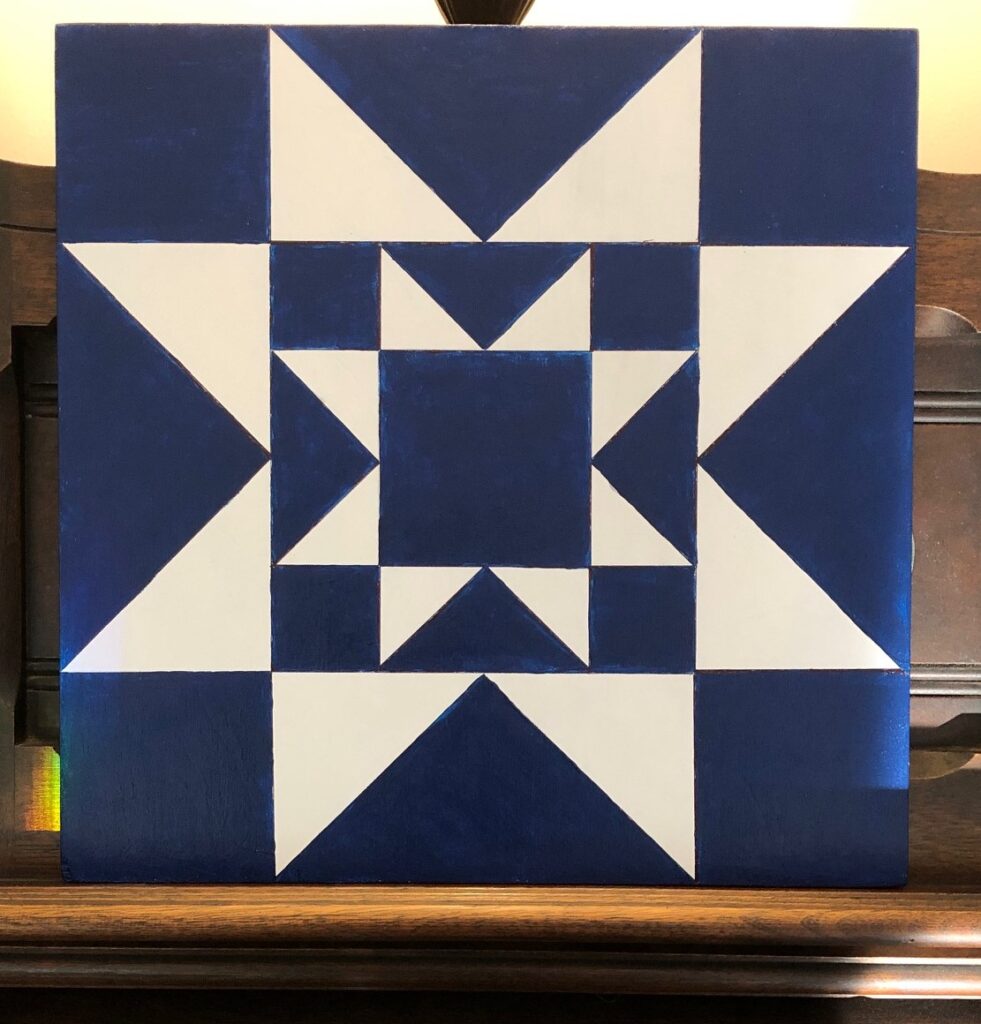
I’ll enjoy this door quilt for a month or more this winter. It won’t get squished and it won’t fade like the fabric blocks do…and the quilt pattern makes me smile! Enjoy!
Please comment or email me directly at marykisner@comcast.net.

When did your son work in Antarctica? My son worked at the South Pole for many years doing research for University of Wisconsin.
Ted was at the McMurdo Station from Oct. 31, 2002 thru Jan. 30, 2003. His team from UCSB and Case Western were studying background radiation left over from the Big Bang (I think). Quite an experience for him.